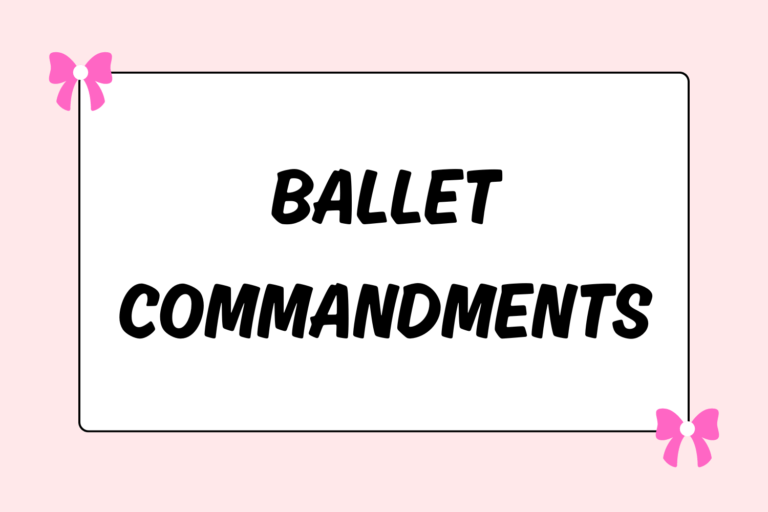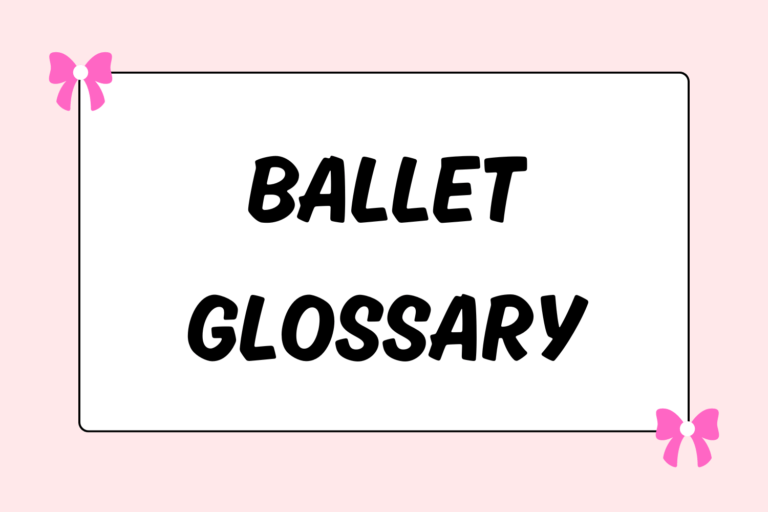Finding the perfect pointe shoe is a task much like what the Prince faced after Cinderella left behind her slipper. Sure, there are lots that work well, but it’s tough to find the perfect fit. So until you can get your hands on the mythical Cinderella pointe shoe, it can be a great relief to learn how to work with ones that come close.
If you’re already pretty comfortable with certain models, and desire only small adjustments, you may want to consider learning to alter your shoes to make them more comfortable. Here are a few simple fixes that can make all the difference for your feet!
Criss-Cross Elastics
For those ballerinas blessed with flexible ankles that wing at the drop of a hat (or rosin rock), even the most supportive shoes can be found wanting. If you find yourself feeling unsteady, with a lack of finite support around the ankles, try sewing two pieces of elastic on each shoe in a criss-cross shape.
The back of the elastic should be sewn on a thumb’s width from the center seam of the heel of the shoe. The front will depend on your ankle. After sewing on the backs, cross each elastic over so that the two meet across your ankle, and then sew them to fit. This will provide additional support and stability to your shoe, holding your ankle back and helping to prevent winging and sickling en pointe.
Single Ribbon Swap
Many dancers are taught that the only correct way to sew on ribbons is to separate them into two pieces, sewing one piece to either side of the shoe. However, if you find your shoe twisting away from your arch, with the shank not conforming closely enough to your foot, try sewing your ribbon on in one piece.
Hot Tip: Practice Smart
Before you start reworking the shoes that you’re using for class or performance, try these methods on older, dead shoes. This way you get the feel for the process, without the risk of ruining a shoe that you need.
In order for this fix to work, you must start with ribbon that is not pre-cut into four pieces, like tendon-supportive ribbons are. Take the length of ribbon — one per shoe — and sew it such that, when pulled taut, it comes right up under the middle of your arch. Try it on and pin it before sewing it in place. This may take a few tries, as everyone’s arch peaks in a different place.
Vamp Elastic
Another valuable fix for dancers possessing banana feet and flexible arches that pop out of the shoe is vamp elastic. Sold through Gaynor Minden and many dance stores, vamp elastic is essentially a slightly thicker, wide band of elastic similar to the elastic used to sew on the backs of shoes. It’s inexpensive, and since so little elastic is used per shoe, it lasts quite some time.
Once you have your vamp elastic, you can sew it one of two ways:
- Cut the band to a length that matches the width of the box of your shoe. Sew it to the insides of the box such that a visible triangle of vamp elastic extends the vamp.
- Cut the band into two pieces, both of a length that is approximately the same as the width of your box. Sew the strips diagonally so that they cross over each other, forming a “V” shape that extends the vamp on the sides without adding much to the throat of the shoe.
Trim Baggy Heels
If you have triangular feet with a heel that is narrower than the metatarsal, you may find that most shoes have an excess pinch of material at the heel. If this is the case, you may want to try trimming some of it out. To do this:
- Start small, trimming a section on either side of the heel seem about one-fourth of an inch wide.
- Sew the gaps that have formed with either a thin band of elastic or stitches that aren’t too tight or loose.
- Try the shoes on, removing more material if the heel continues to bag on the foot.
Prevent Slipping
Particularly if you practice in a studio with wooden floors, darning the tips of your pointe shoes can be a useful and less expensive alternative to constantly rubbing up in rosin. If you try it and decide that darning is too time-consuming, sticking patches of suede or moleskin to the tips of your shoes is quicker and just as effective. (Moleskin sheets can be found at any drug store next to arch support soles and other foot care items.) If you want to darn your shoes, here are the steps:
- You may leave the satin on the tips of the shoes or remove it prior to darning, depending on what you find works best. Be aware that even with darning, the satin can and will fray.
- Obtain a darning needle and darning (or cotton pearl) thread from any sewing goods or craft store. Some dancers use a straight darning needle, while others opt for a curved one. This is a personal preference.
- Thread the needle with a long length of darning thread.
- Insert the needle vertically at the edge of the bottom of the platform, pulling it taut.
- Insert the needle vertically again, approximately one-fifth of an inch to the right of the first stitch.
- Before pulling it taut, loop the thread counter-clockwise around the needle.
- Pull the stitch taut. Repeat this process until you have gone all the way around the edge of the shoe.
- Once you’ve gone all the way around, cut the thread and tie it off, sealing the last knot with a touch of clear nail polish.
- Some dancers prefer to stop darning at this point, but if you want to create a layer of stitches to protect the tips of the shoes and provide traction, follow the remaining steps.
- Rethread the needle with a large length of darning thread.
- Sew one big stitch across the platform horizontally.
- Double over this stitch.
- Repeat, sewing five doubled-over rows across the platform of the shoe, with one coming across the very bottom of the platform next to where the satin is pleated. Tie off the thread, and then re-thread the needle.
- Using the same stitch that went around the edge of the shoe, loop the thread counter-clockwise, and make stitches connecting two horizontal rows at a time. You will eventually connect all of the rows you made.
- Tie off the thread and place a small drop of clear nail polish to make sure the knot holds.
Function Flawlessly
No shoe is completely perfect unless you have it custom-made, a process which can be very pricey and take up to two months, depending on the maker. But with a little work and some handy knowledge, you can learn how to customize your own shoe — a tool invaluable for every dancer with a needle and a pair of pointes!





